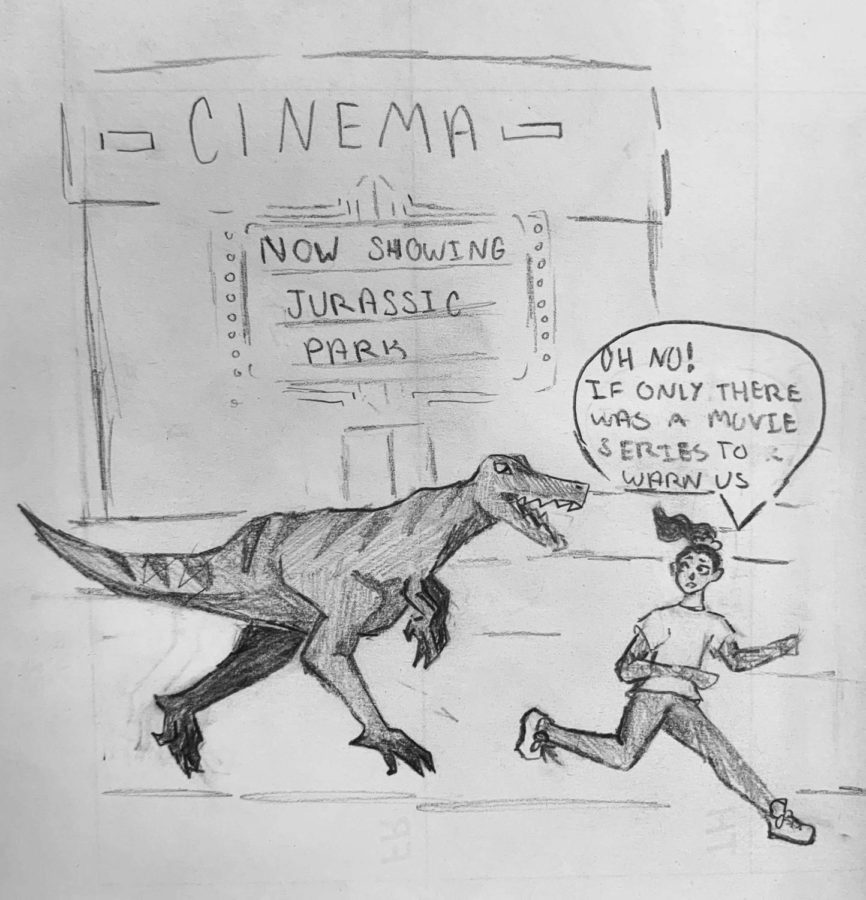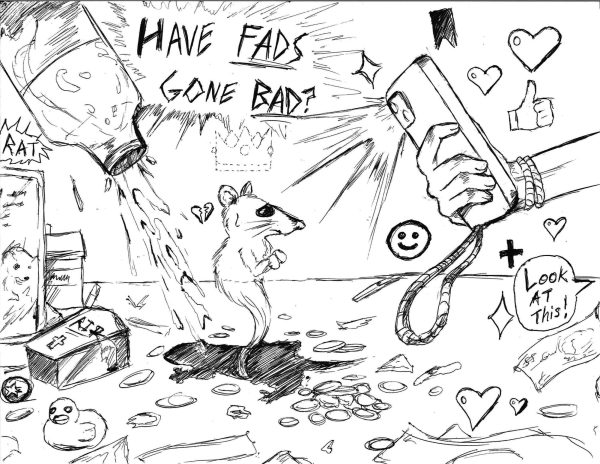Extinct animals to rise again; possible catastrophe
May 16, 2023
Imagine, you finally take your dream trip to Africa and choose to go on a safari tour. The large thumping behind the truck causes it to rattle and shake. You quickly turn around to see…a woolly mammoth!?
Yes, they may be extinct now, but according to scientists, they can bring them back.
The process of de-extinction starts with sequencing the extinct animal’s DNA. To do this, they obtain parts of the DNA from taxidermied specimens found in museums across the globe. While scientists can’t obtain every part of the DNA this way, they compare the sequence to that of the animal’s closest living relative and fill in the gaps. Finally they tweak the cells of the closest living relative to match that of the extinct species and create a developing embryo to place in the live animal’s womb, according to Andrew Pask, a geneticist, in an article published by BBC News.
While the idea of being able to see these great beasts in person may be exhilarating, there could be many detrimental side effects.
According to scholastic.com, the new creature wouldn’t be a woolly mammoth, rather a hybrid between that and an elephant. This could cause the animal to have many health problems and deformities.
Due to this, the species itself wouldn’t last long as a whole. In addition, they would be subjected to experimental testing.
Some scientists also believe that woolly mammoths would help climate change due to the impact they had on their environment, but in order to do that, millions of them would need to be produced. However, they would also be taking away resources from current living species.
The amount of money being put into this project would be immense for a small outcome that isn’t even guaranteed.
While the research itself is life changing, it could be better spent towards something else. We can’t change what happened in the past, nor should we subject an animal to a terrible life to help fix it.
Instead, scientists should use this technology to help save animals that are currently endangered. Then there won’t be hybrids and these species can continue living a normal life.
More than 500 species of land animals are in danger of becoming extinct in the next 20 years, according to the National Academy of Sciences.
So why are scientists focusing so much on the past which they cannot change, when they should be focusing on the present that could help determine the future?
Imagine how many animal lives could be saved if this research were put to the right cause.










